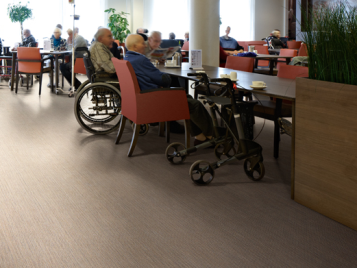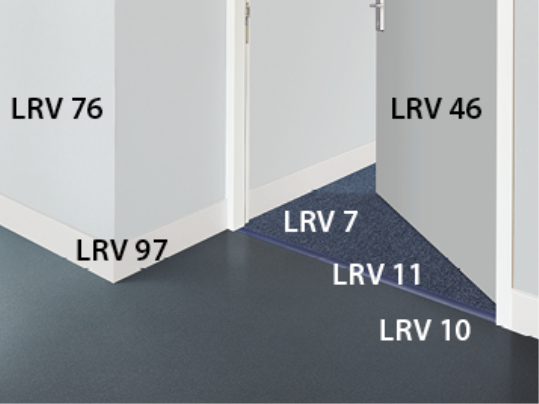Does dementia friendly flooring exist or is it specific to the individual person with dementia?
Dementia presents differently in each person but the evidence suggests there are common attributes in relation to floor design which helps or are of benefit to most. Therefore 'dementia-friendly' flooring is flooring which omits the common design features which have been identified through research as having a negative impact on most.

